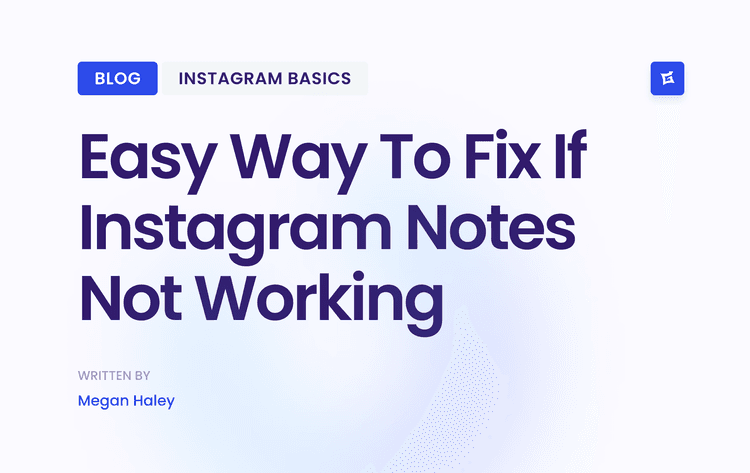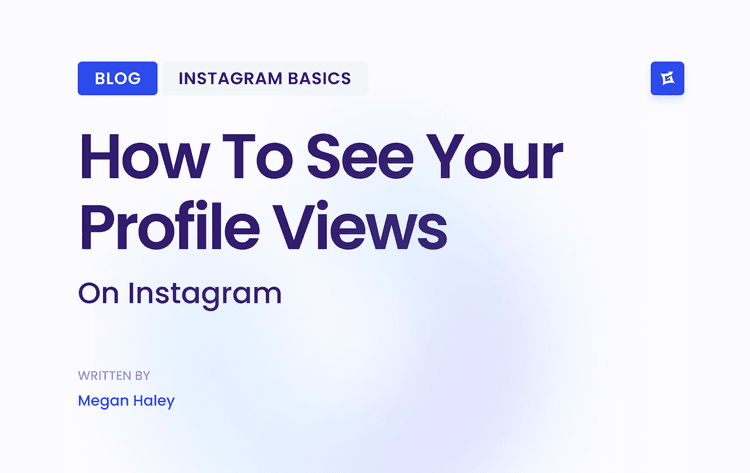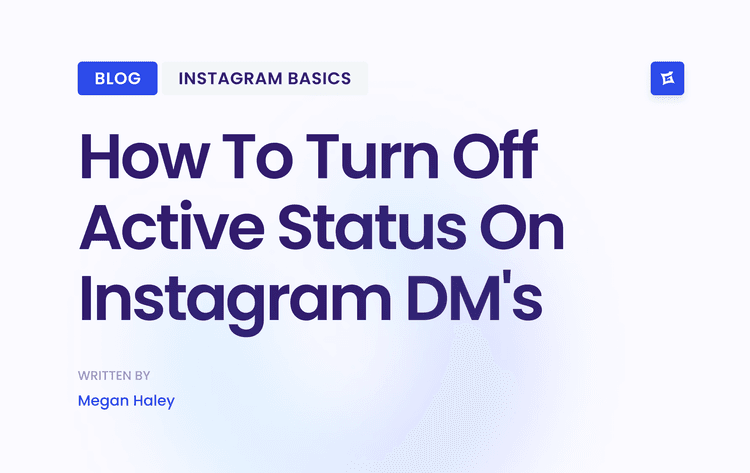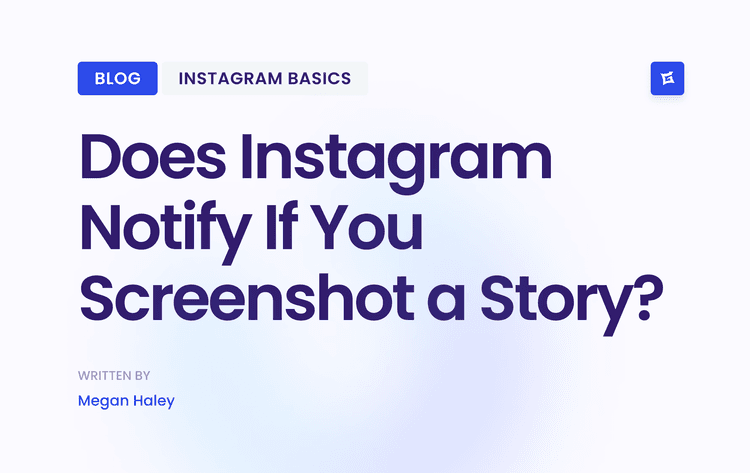Why Micro Influencers Are Your Secret Weapon
Ever poured your budget into a campaign with a mega-influencer, only to see it flop? Then, a smaller collaboration with a creator who has just 15,000 followers actually drives sales? The secret isn't in the numbers; it's in the connection.
Macro-influencers often broadcast to a massive, passive crowd. Micro-influencers, on the other hand, have real conversations with a dedicated community. This is precisely why they're such a game-changer for organic growth.
The proof is in the performance. Creators with 10,000 to 100,000 followers are a cornerstone of modern influencer marketing because they hit the sweet spot of high engagement and affordability. In fact, studies consistently show that micro-influencers can drive up to 60% more engagement than their larger counterparts. If you dig into the latest influencer marketing statistics, you’ll see this trend playing out across the board.
The Power of Niche Communities
Micro-influencers are the undisputed leaders of niche communities. Whether it's sustainable fashion, vegan baking, or retro gaming, they've built an audience of true enthusiasts, not just casual scrollers.
When a micro-influencer recommends a product, it doesn't feel like a jarring ad. It comes across as a genuine tip from a friend who knows their stuff. That kind of peer-to-peer trust is something money just can't buy. For your brand, this means you're not just getting eyeballs; you're plugging directly into a pre-built network of trust. Their followers are primed to listen, comment, and convert because the message is coming from a source they already believe in.
The real power of a micro-influencer isn't in their follower count, but in the depth of their audience's trust. They don't just have followers; they have a loyal community that listens and acts on their recommendations.
This infographic lays out the stark differences in engagement and return on investment.
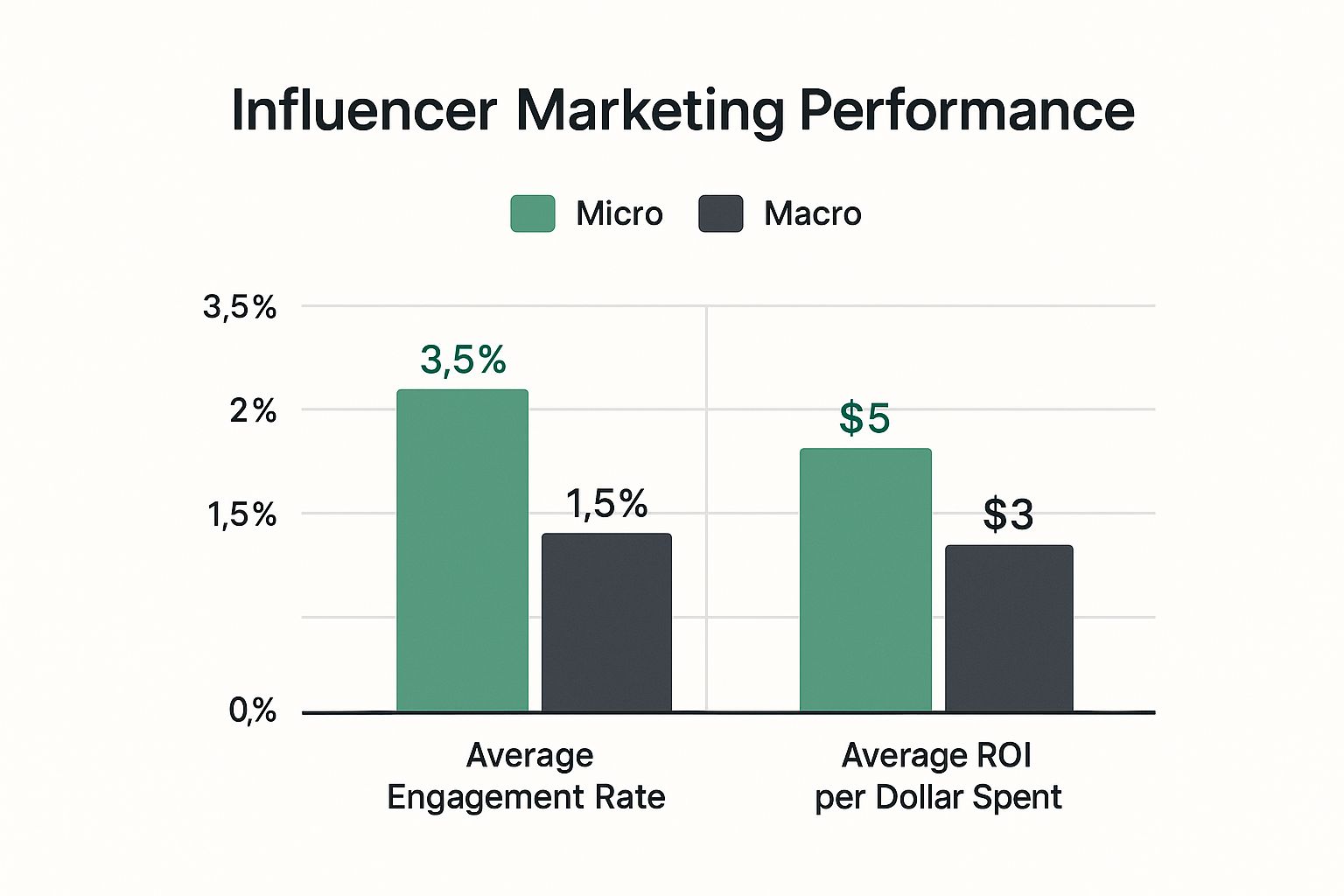
To make it even clearer, here's a quick breakdown of how micro-influencers stack up against the big players.
How Micro Influencers Stack Up Against Larger Accounts
Engagement Rate:
Micro influencers (with 10k–100k followers) typically have a much higher engagement rate because they maintain a closer connection with their community. In contrast, macro or mega influencers (with over 100k followers) tend to have lower engagement rates, as their audiences are broader and less personally engaged.Audience Trust:
Audiences generally trust micro influencers more, viewing them as knowledgeable peers or friends. Macro and mega influencers, on the other hand, are often perceived more like celebrities or advertisers, leading to moderate or lower trust levels.Cost-Effectiveness:
Working with micro influencers is far more affordable and usually offers a better return on investment (ROI) for many brands. In comparison, collaborations with macro or mega influencers are extremely expensive and involve high upfront costs.Niche Authority:
Micro influencers often have deep expertise in a specific niche, attracting a highly targeted audience. Meanwhile, macro and mega influencers tend to have a broader appeal, covering multiple general topics rather than focusing on one area.Authenticity:
Content produced by micro influencers usually feels more genuine and less staged or “produced.” Macro and mega influencers often create highly polished, professional, and advertisement-like content.
Ultimately, the data shows that working with micro-influencers delivers more bang for your buck, both in terms of audience interaction and financial returns. This makes them the perfect partners for brands—especially those with tighter budgets—who want to make a real impact without the eye-watering costs of a celebrity campaign. Before you even start your search, getting this fundamental value shift is the key to building a strategy that actually works.
How to Find Influencers on Instagram and TikTok the Right Way
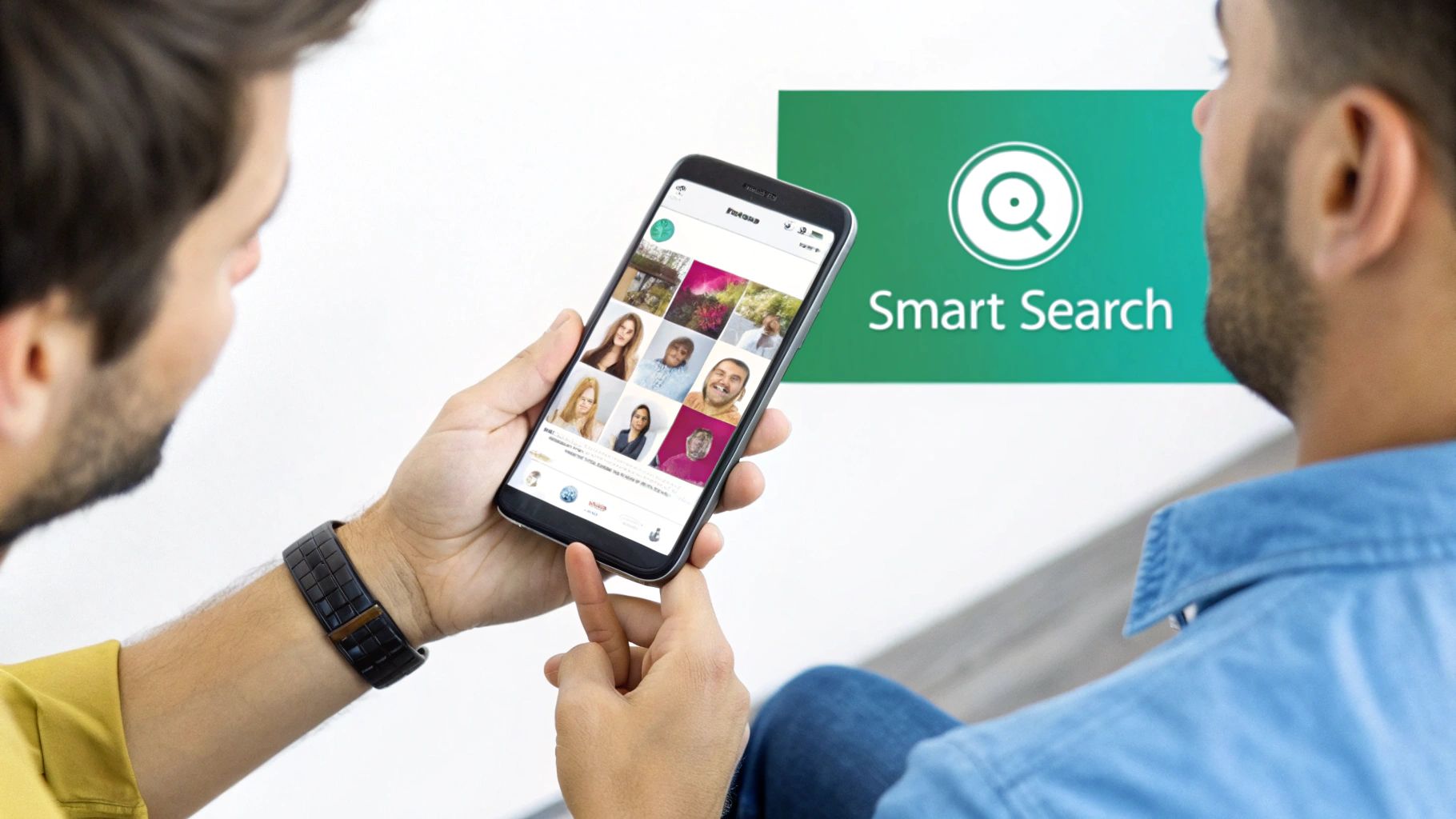
Before you even think about fancy search tools, you need to get your hands dirty with some old-fashioned manual searching. Honestly, it's a foundational skill. While tools can speed things up, nothing replaces the intuition you gain from finding micro-influencers directly on their home turf.
This hands-on approach is how you really get a feel for a community's nuances and, more importantly, spot those rising stars who aren't on every other brand's radar yet.
The trick is to stop thinking like a marketer for a minute and start thinking like your ideal customer. Don't just search for broad terms. You need to immerse yourself in the specific conversations and digital hangouts where your audience already lives.
Go Deeper Than Surface-Level Hashtags
Typing #fitness into the search bar is a waste of time. You’ll get a firehose of content from massive accounts, spammers, and everything in between. The real gold is buried in niche, community-driven hashtags that signal genuine passion and expertise.
Let's say you're a sustainable fashion brand. Searching #fashion is way too generic. A much smarter move is to dig into the hashtags that reflect the community's actual values.
Think along the lines of:
#slowfashionmovement#ethicalstyle#consciousconsumer#secondhandstyle
These hyper-specific tags are like magnets for creators who are truly invested in the niche. Their followers are there for that exact content, making them a perfectly aligned audience for what you're selling. Spend some time scrolling through both the "Top" and "Recent" posts for these tags to find people who are consistently creating great stuff.
Don't just glance at the posts—read the comments. A true micro-influencer fosters a real conversation. You'll see their followers asking questions and sharing opinions, not just dropping fire emojis. That dialogue is the clearest sign of a healthy, engaged community.
Look at Your Competitors and Brand "Cousins"
One of the sneakiest and most effective ways to find great micro-influencers is to see who's already talking about brands similar to yours. This isn't about poaching their partners. It's about finding creators who are a proven fit for your space.
Start by diving into the tagged photos of a direct competitor. It's a goldmine of user-generated content and potential partnerships. You can instantly see who is organically shouting them out or who they've worked with in the past.
But don't stop there. Look at complementary, non-competing brands—what I like to call brand "cousins." If you sell artisanal coffee beans, check out the tagged photos of a popular home espresso machine company or a local potter who makes beautiful mugs. The influencers engaging with those brands likely share your target audience, making them a perfect lifestyle fit.
When you're digging around on TikTok, you can get even more intel by using a TikTok story viewer to see the kind of temporary, behind-the-scenes content an influencer shares.
Let Instagram’s Algorithm Do the Work for You
Once you find just a few creators who perfectly match your brand's vibe, you can turn Instagram's own algorithm into your personal discovery engine.
It's simpler than it sounds. When you follow an account, Instagram immediately tries to be helpful by suggesting similar profiles. You can turn this into a powerful, strategic process.
First, pinpoint one "seed" influencer who is the absolute perfect match for your brand.
Next, follow their account. This is your signal to the algorithm.
Pay attention to the dropdown of similar accounts that appears. Tap through and vet each one.
Rinse and repeat. Every time you follow another well-aligned creator, the suggestions get smarter and more targeted.
This creates a snowball effect, leading you down a rabbit hole of fantastic micro-influencers you would have never found with a simple hashtag search. It’s a beautifully simple way to let the platform do the heavy lifting.
Using Discovery Tools to Find Hidden Gems
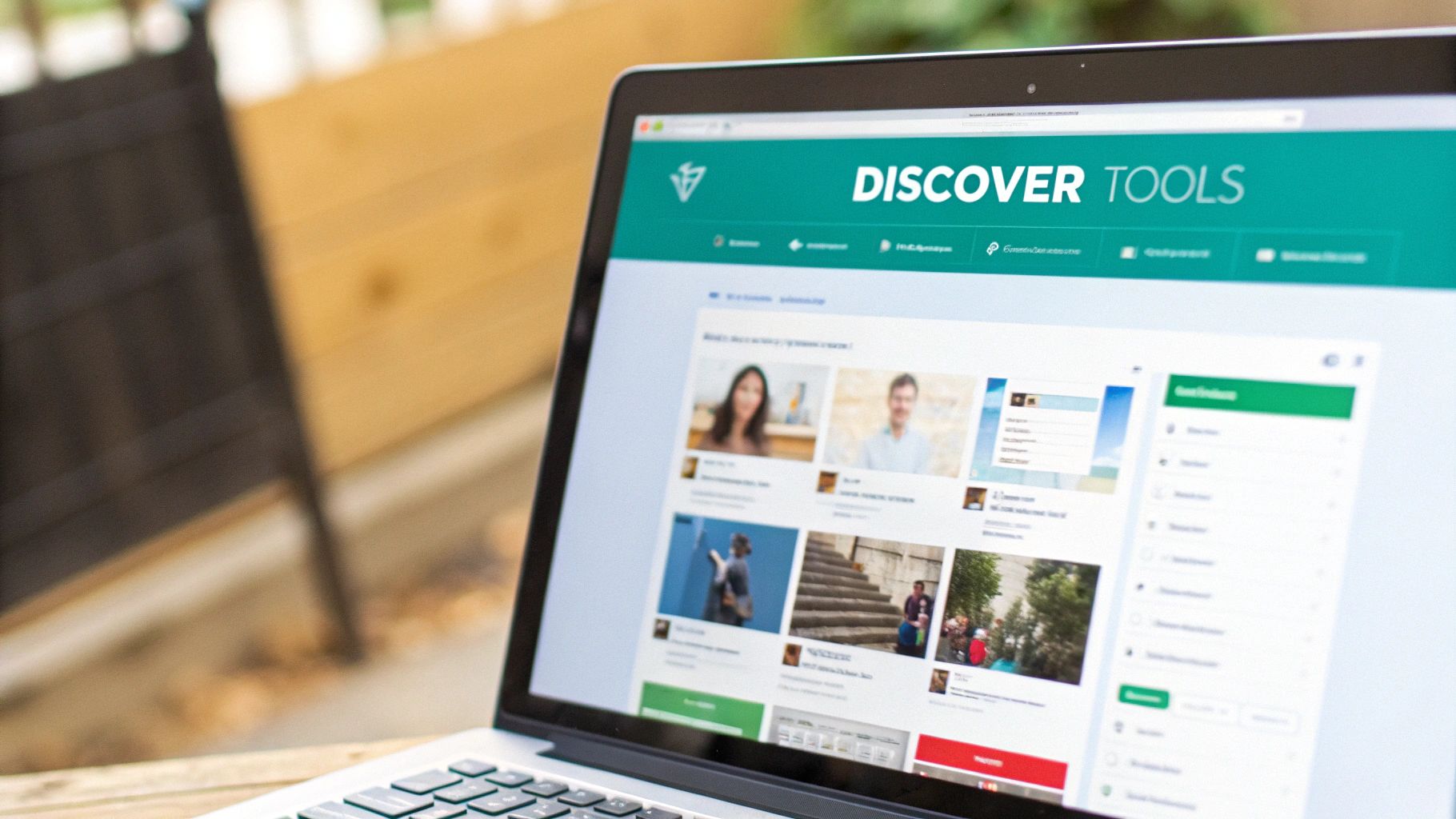
Manually digging through hashtags and profiles gives you an amazing, irreplaceable feel for a niche, but let's be honest—it's a slow burn. When you need to find more partners and scale up, influencer discovery platforms are your best friend. These tools are essentially massive, searchable databases that can compress a week's worth of research into a single 30-minute session.
But their real power isn't just in finding people; it's about finding the right people with almost surgical precision. We're talking about moving beyond endless scrolling and mastering the art of the advanced filter to uncover creators you would have otherwise missed completely.
Go Beyond Basic Keyword Searches
Every discovery tool has a search bar, but the real magic is tucked away in the filters. Instead of just punching in a broad term like "fashion," you need to learn how to layer different criteria to really zero in on your ideal partner. This is how you find micro-influencers who are a perfect match, not just a close-enough one.
Think about combining a few key data points to get super specific:
Audience Demographics: Look for creators whose followers mirror your ideal customer. You can filter by age, gender, and even location.
Bio Keywords: Get granular. Searching for specific phrases in an influencer's bio, like "Denver foodie" or "ethical fashion," helps you find true specialists.
Engagement Rate: This is a big one. Set a minimum threshold—say, >3%—to automatically weed out any accounts with a disengaged or inactive following.
Location Tagging: For local businesses, this is a game-changer. You can pinpoint influencers who are physically based in your city or region.
Think of these filters as your secret weapon. They let you find not just someone who talks about your niche, but someone whose audience is located in your target city and has a proven track record of high engagement.
A Practical Scenario: Finding Local Food Bloggers
Let's walk through a real-world example. Imagine you're opening a new farm-to-table restaurant in Austin, Texas. You need to create some buzz, and local food bloggers are the perfect way to do it. Just searching #austinfoodie Instagram will give you a tidal wave of mixed-quality results.
Here’s how you’d use a discovery platform to get strategic instead:
First, you’d filter by influencer location, setting it to "Austin, Texas." Right away, you've eliminated thousands of irrelevant accounts.
Next, you'd search for bio keywords like "food blogger," "eats," or "foodie" to find people who actually create this type of content professionally.
Then, you’d set the follower count to a range of 10,000 to 50,000. This keeps your search laser-focused on the micro-influencer tier.
Finally, you’d filter for a minimum engagement rate of 4% to make sure you’re only looking at creators whose audience is genuinely listening.
In just a few clicks, that massive, overwhelming list transforms into a curated handful of high-performing, hyper-relevant local creators. This targeted approach doesn't just save you a ton of time; it dramatically boosts your odds of finding a partner who can drive actual foot traffic to your restaurant.
Of course, finding potential partners is only half the battle. You'll still need to dig into their performance metrics to make the final call. To get a handle on that, check out our guide on the best Instagram analytics tools to help you make truly data-driven decisions.
How to Vet Influencers Beyond Follower Counts
You've found a creator with a follower count that hits your sweet spot and a feed that looks great. It feels like you’ve struck gold, but honestly, the real work is just beginning. This is the vetting process, and it's what separates a successful collaboration from a waste of time and money.
A big follower number can easily mask an audience that couldn't care less or a creator whose personal brand is a terrible match for yours. It's absolutely crucial to dig deeper and look past the surface-level metrics. You need to see if there's a real, healthy community there.
Analyze Engagement Quality, Not Just Quantity
A 5% engagement rate sounds amazing on a spreadsheet. But what kind of engagement is it, really? A wall of fire emojis or a dozen "Great post!" comments doesn't mean much. What you're looking for is evidence of a real community and genuine conversation.
Take a few minutes and actually read the comments on their recent posts. Are people asking real questions about the product being shown? Are they tagging their friends because the content genuinely resonated with them? Those are the signs of true influence.
This kind of detail matters more than ever. The global influencer marketing industry ballooned to a $24 billion valuation in 2024, and it's not slowing down. With so much money pouring in, verifying that you're working with the real deal is everything. For more on this, check out the latest industry benchmark report for some eye-opening stats.
Look for Red Flags and Inauthentic Activity
A massive follower count with barely any likes or comments is the biggest red flag out there. It almost always screams purchased followers or bots, which will do absolutely nothing for your brand. Be wary of sudden, massive jumps in their follower growth that don't correspond with any viral content.
Another thing to watch for is a comment section dominated by other influencers leaving generic, "tit-for-tat" remarks. This is a classic sign of an engagement pod—a group of creators who agree to comment on each other's posts to game the algorithm. It's not as bad as fake followers, but it proves the engagement isn't coming from their actual audience.
Pro Tip: Glance at their follower-to-following ratio. An account following 7,000 people with only 5,000 followers is likely using aggressive "follow/unfollow" tactics to grow. Genuine creators usually have a much more balanced, or "lopsided," ratio in the other direction.
If you have a bad feeling about an influencer's audience, it's worth digging in. You can learn exactly what to look for in our guide on how to spot fake Instagram followers.
Check for True Brand Alignment
Finally, you have to do a deep dive into their content history. Does their visual style even remotely match your brand’s look and feel? And, more importantly, do the things they talk about and the values they express line up with your own?
Think about it. If you’re a slow-fashion brand focused on sustainability, partnering with an influencer known for her massive fast-fashion hauls would be a disaster. It creates a jarring disconnect that will confuse both of your audiences.
Scroll through their feed and look at their past partnerships. Do they work with brands that make sense next to yours? Or does it seem like they’ll take a check from anyone? The best collaborations feel seamless and authentic, almost like the influencer would have used your product anyway. That’s the magic you're looking for.
How To Write an Outreach Message That Actually Gets Opened
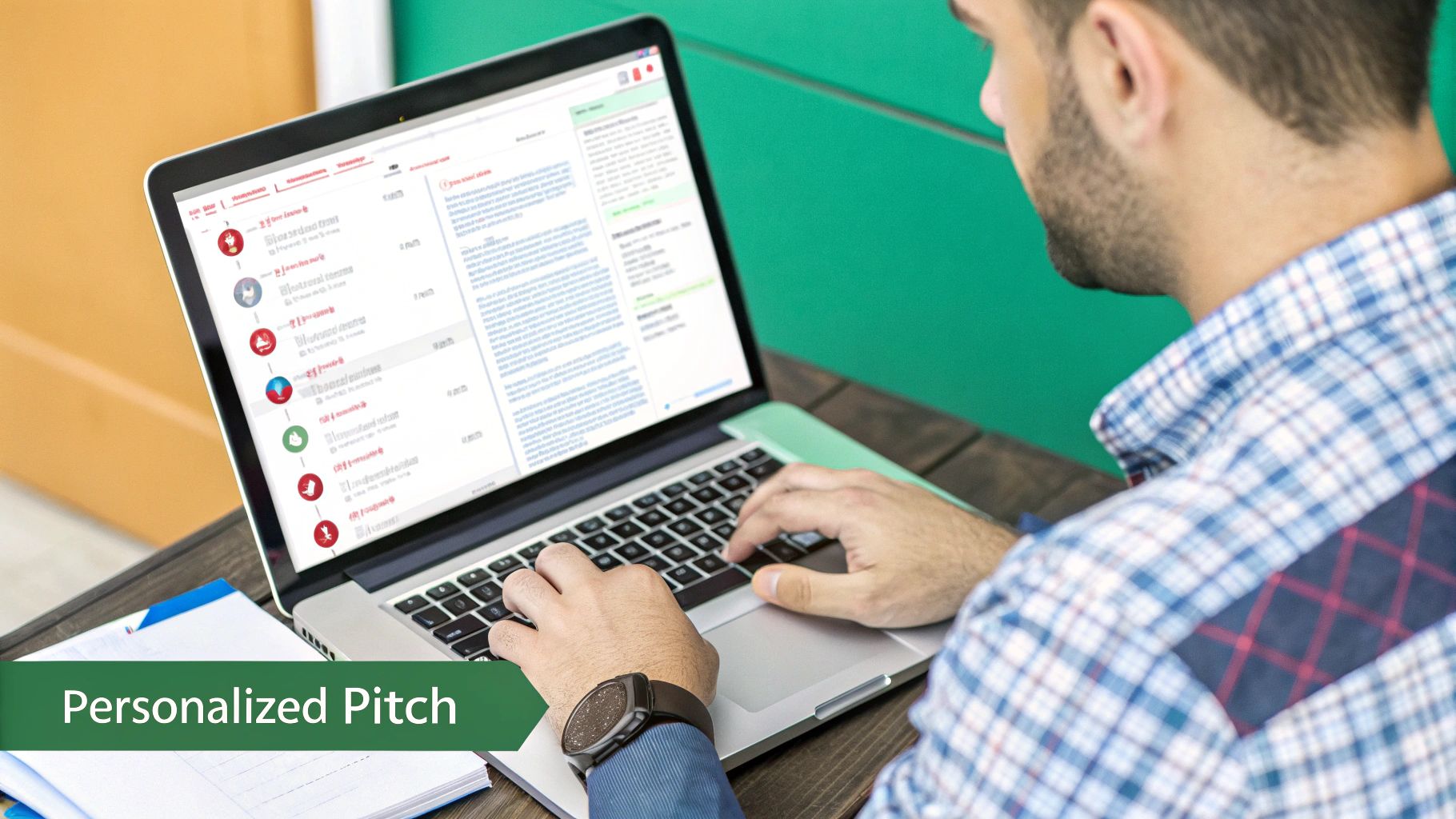
You’ve done the legwork. You found that perfect micro-influencer whose audience, values, and content feel like they were made for your brand. Now for the tricky part: actually reaching out.
This is where so many brands stumble. They blast out generic, templated messages that scream, "I don't know you, but I want something from you." Unsurprisingly, these usually land right in the trash folder. If you want a reply, you have to break through that noise. That means ditching the copy-paste mindset and writing a message that proves you’re paying attention.
Personalize It (And I Don't Just Mean Their Name)
Look, starting with "Hey [Influencer Name]" is table stakes. It’s the absolute bare minimum. Real personalization shows you’re a genuine fan, not just another brand with an ask. The easiest way to do this is to reference a specific piece of their content you truly enjoyed.
See the difference?
Bad: "Hi! I love your content and think you’d be a great fit for our brand."
Good: "Hi Sarah, I loved your recent reel on sustainable coffee makers. That tip about pre-warming the mug was a total game-changer for my morning routine!"
That small detail instantly proves you've done your homework. It transforms the dynamic from a cold pitch into a warm conversation, making them far more receptive to what you have to say next. Of course, none of this matters if they never open your email. It's worth learning some proven strategies for boosting your cold email open rates to ensure your message gets a fair shot.
Get to the Point: What's in It for Them?
Influencers are business owners, and their time is valuable. They get dozens of pitches every week, so you need to respect their time by quickly answering the one question on their mind: "What's in it for me?"
Don't bury your offer in a wall of text about your brand's history. State clearly and concisely why a partnership would be a win for them. Are you offering a paid collaboration? A generous product package they’ll actually use? A unique experience? Be upfront about the compensation and the creative freedom you're offering.
Key Takeaway: Your outreach should feel like an exciting opportunity, not a list of demands. Frame the collaboration as a true partnership where both of you win. When you treat influencers like valued partners, they are far more likely to invest their best creative energy into your campaign.
For a deeper dive into structuring these partnerships, our guide on how to collaborate with influencers offers a complete roadmap from initial contact to campaign launch.
End With One Simple Question
Finally, make it incredibly easy for them to respond. Don't overwhelm them with a complex set of next steps or a laundry list of questions in your first message. Your goal is simply to start a conversation.
End your message with a single, simple, low-commitment call to action.
Avoid This: "Let me know your rates, your availability for a call, your shipping address, and your ideas for the campaign."
Do This Instead: "If this sounds interesting, I'd love to share more details. Are you open to hearing more?"
This approach removes all the friction. All they have to do is type back a quick "Yes" or "Tell me more." Once you've got that initial buy-in, you can dive into the specifics. It's this respectful, straightforward method that turns a cold outreach into a successful partnership.
Answering Your Top Micro-Influencer Questions
Diving into micro-influencer marketing always brings up a few key questions, especially around budgets and what "good" actually looks like. Getting these answers straight from the start helps you build a solid strategy and know what to expect.
Let's break down some of the most common things brands ask when they're figuring out how to find and work with micro-influencers.
How Much Should I Actually Pay a Micro-Influencer?
There's no single price tag here. What you'll pay depends heavily on the influencer's engagement, their niche, and exactly what you're asking them to create.
A common rule of thumb people throw around is the "one cent per follower" model. Following that logic, a post from an account with 10,000 followers would cost about $100. It’s a decent starting point, but it's far from the only option.
Many micro-influencers, especially those who are still building their channels, are open to different kinds of partnerships:
Product Gifting: This is a classic for a reason. Swapping your product for an honest review or a feature post is a great way to get started and build relationships.
Custom Packages: You can often negotiate a flat fee for a bundle of content, like one Reel and three Stories. This gives you more content and them a more substantial project.
The real key is to have an open and honest conversation about payment right from the beginning. It builds trust and makes sure everyone is on the same page.
What’s a Good Engagement Rate to Look For?
As you're looking for potential partners, a solid engagement rate to aim for is somewhere between 3% and 6%. In the world of Instagram, that's a really healthy sign that their audience is genuinely paying attention. If you see rates higher than that, you've likely found someone with a super-loyal community.
But remember, the percentage is only half the story. You have to look at the quality of the engagement. Are people leaving real comments and asking questions? That's a sign of true influence, and it's way more valuable than a string of fire emojis.
Is It Better to Choose Micro or Macro-Influencers?
This is a big one. Should you put all your budget into one macro-influencer or spread it across several micro-influencers? For most brands that care about real results and a solid return on investment, working with a group of micro-influencers is almost always the better move.
Think about it: for the same price as one big campaign, you can tap into multiple, highly-specific audiences. This strategy gets you higher engagement overall, a ton of diverse user-generated content, and builds a much more authentic connection with the communities you want to reach.
Ready to stop searching and start growing? Gainsty uses advanced AI and expert strategy to connect you with your ideal audience, driving organic follower growth safely and effectively. See how we can scale your Instagram followers by visiting gainsty.com.
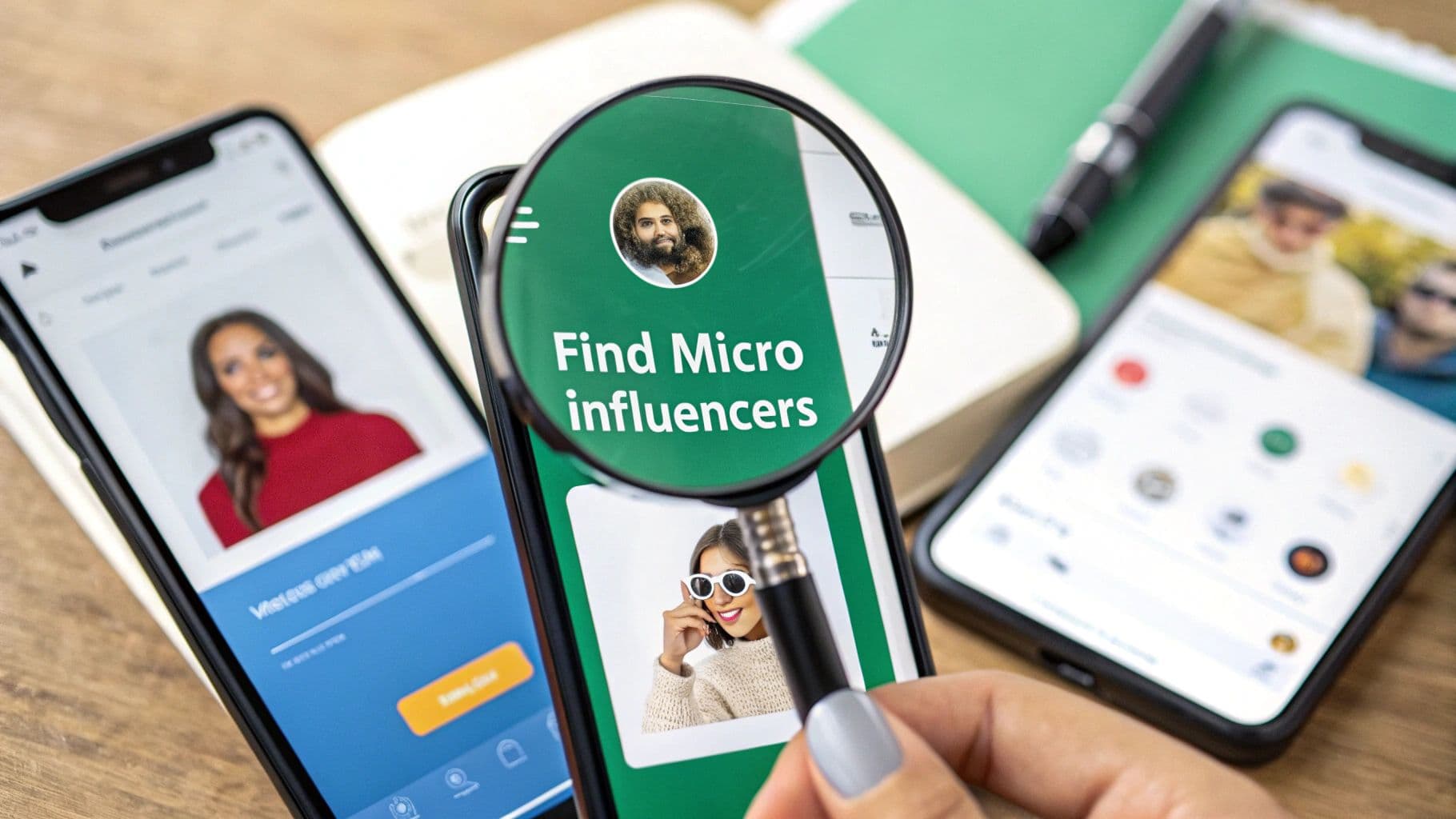
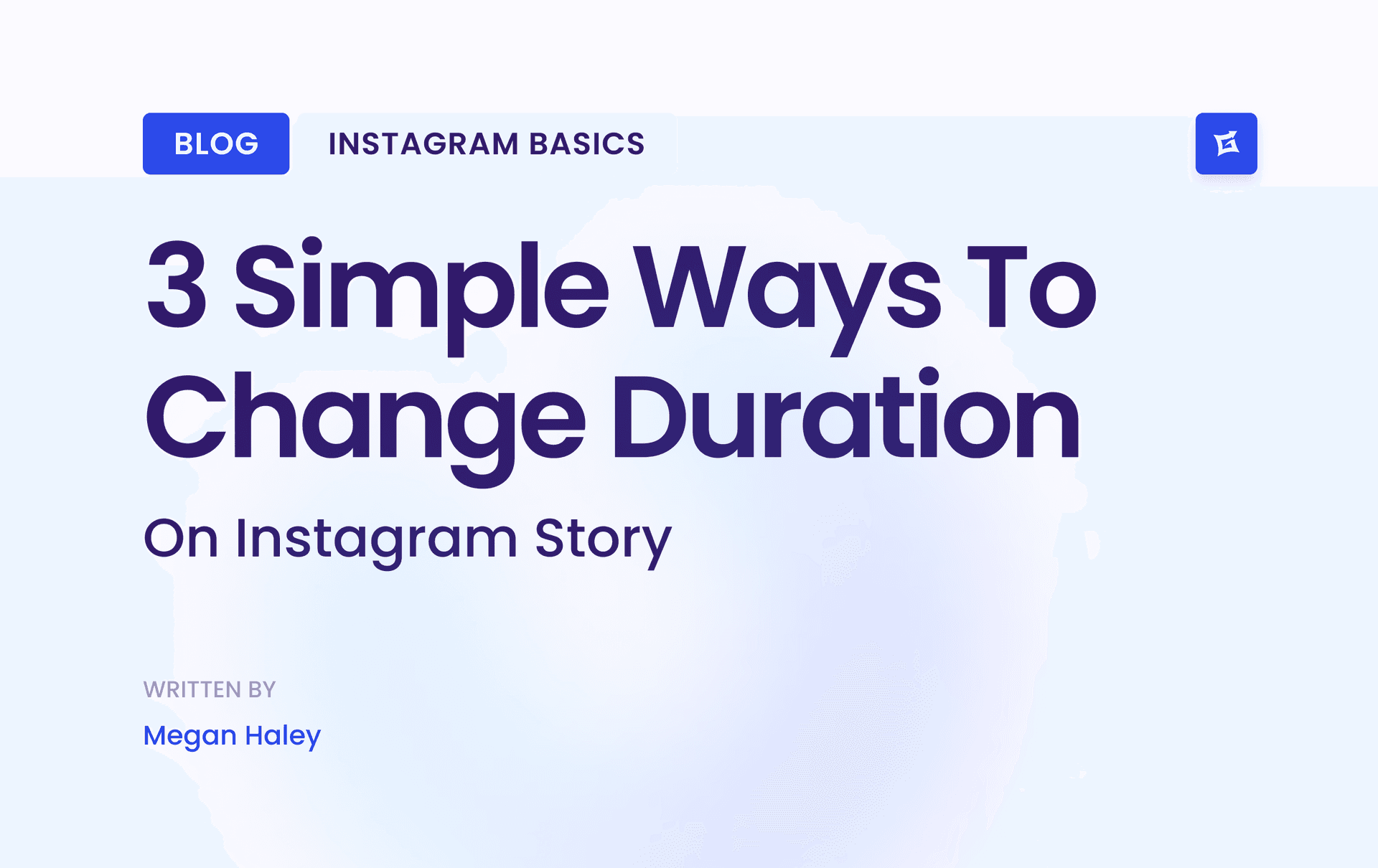
.png&w=1920&q=75&dpl=dpl_9XSWKBjhcBN6v6b1SN7m3p1WWjfr)
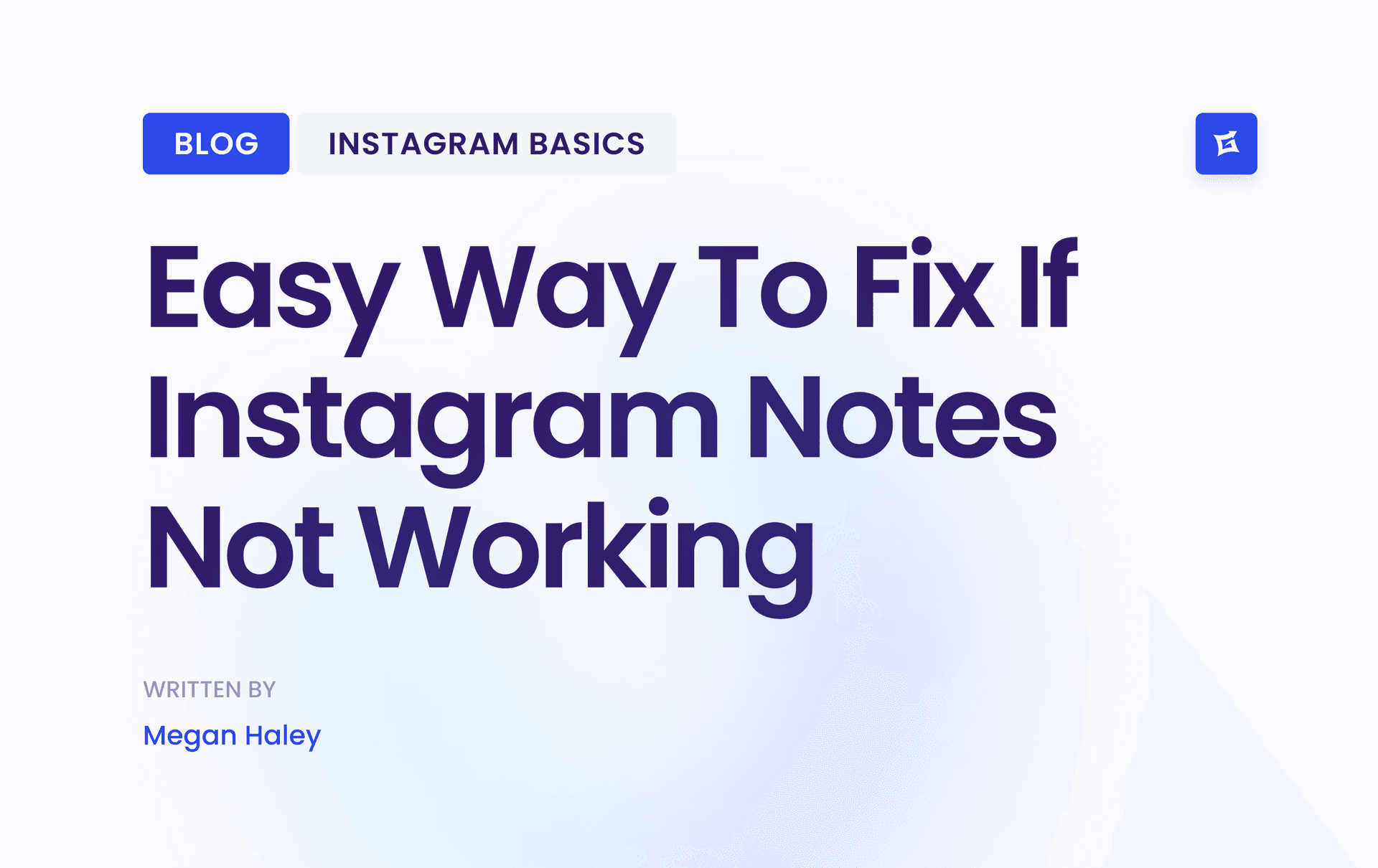
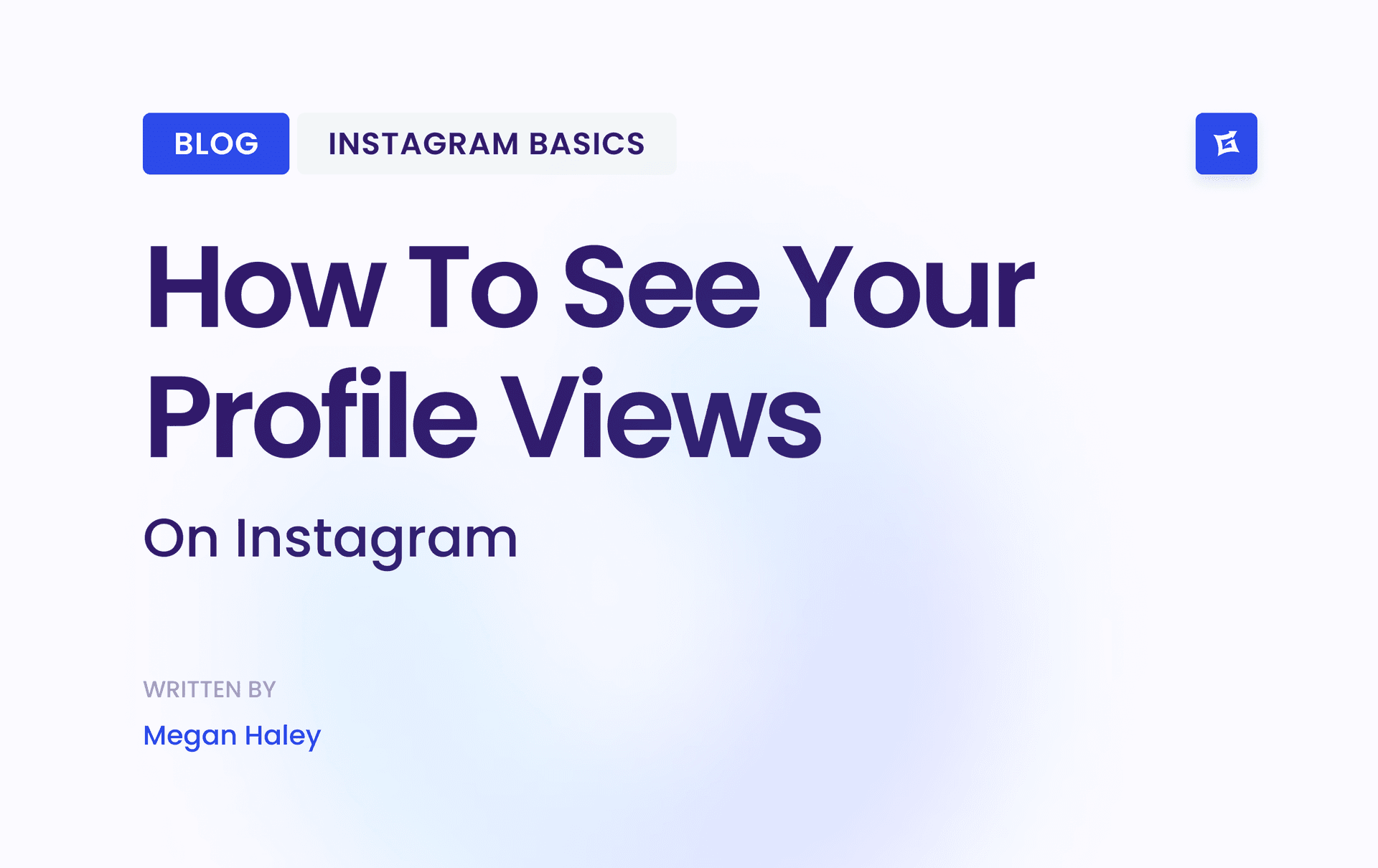
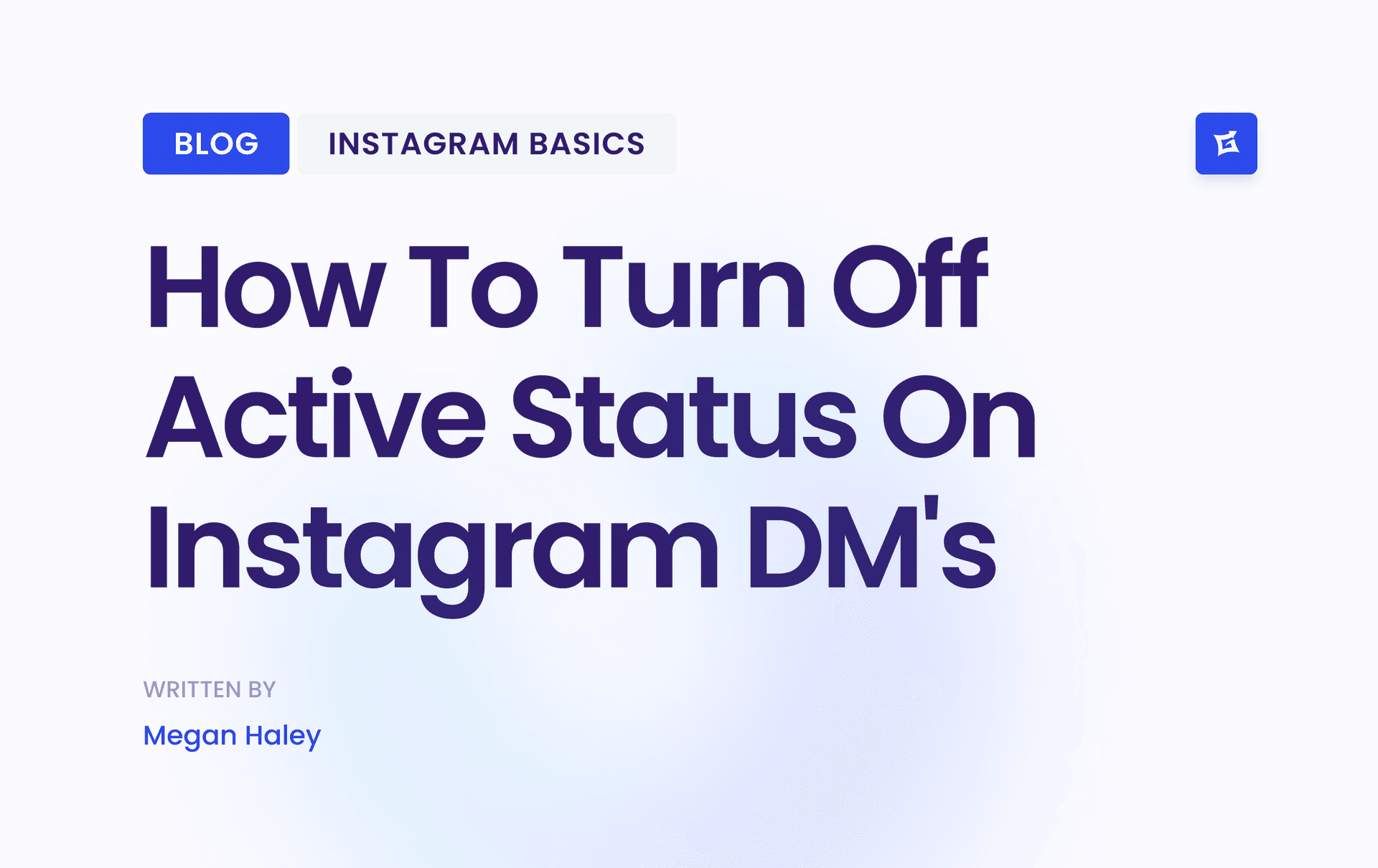
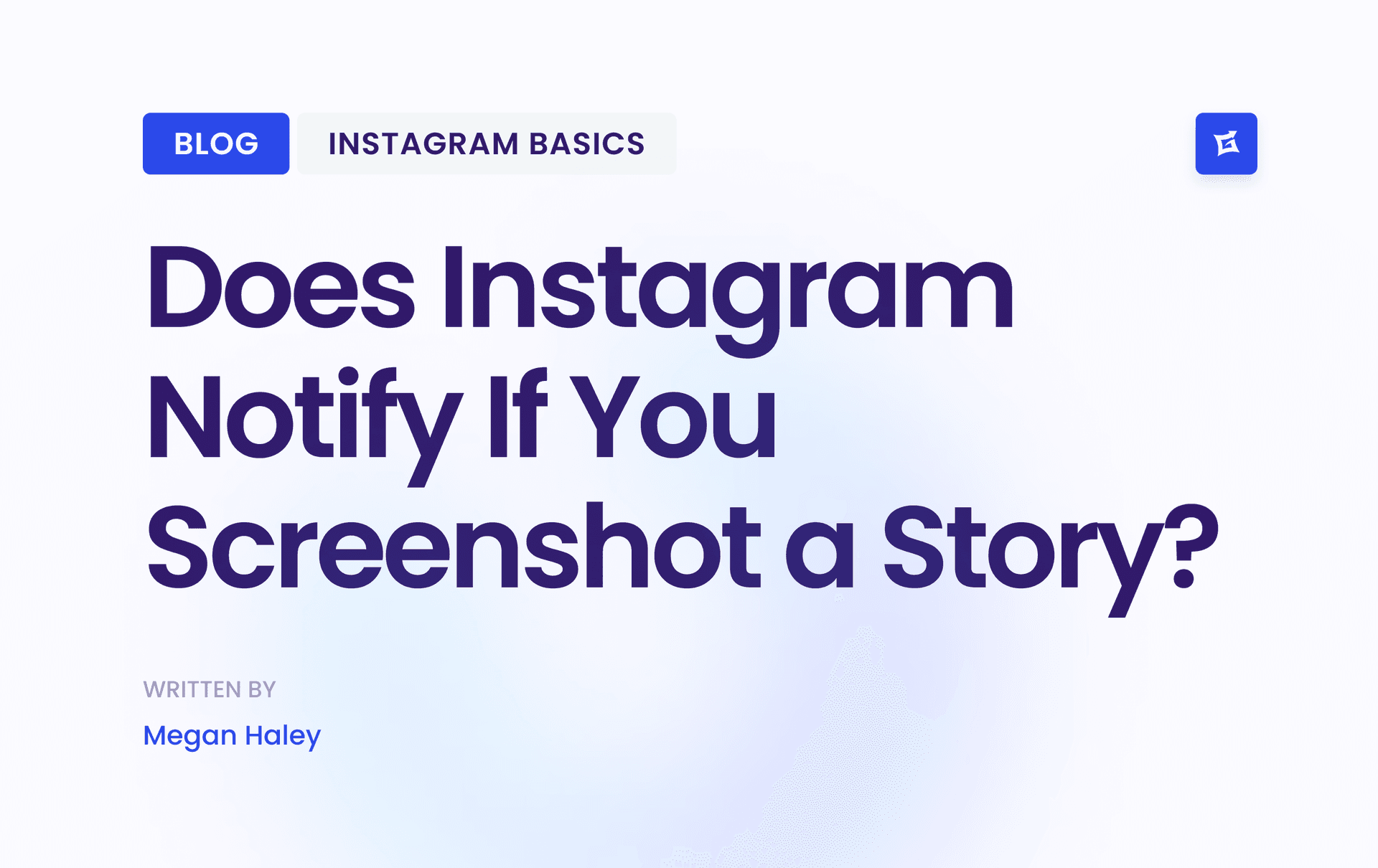


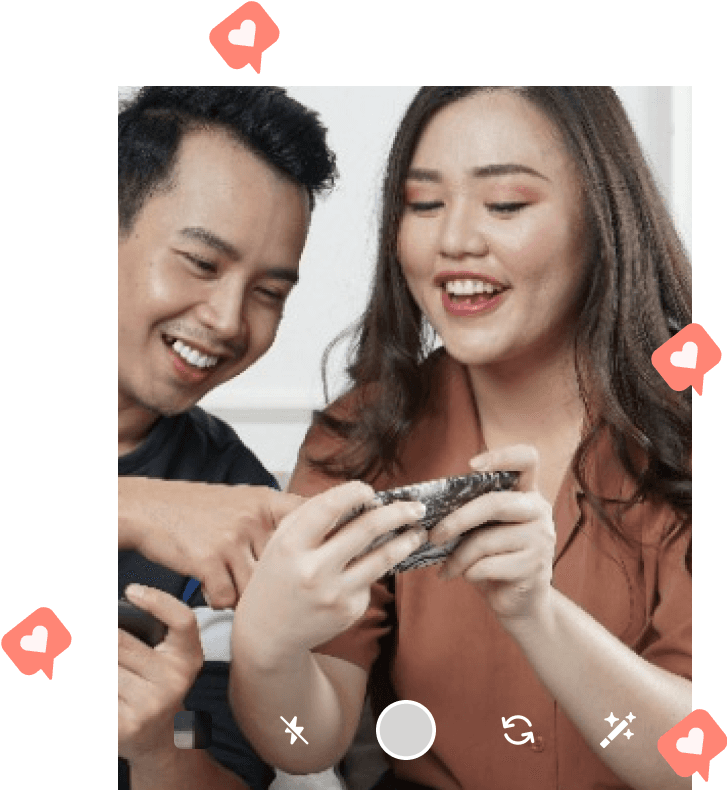
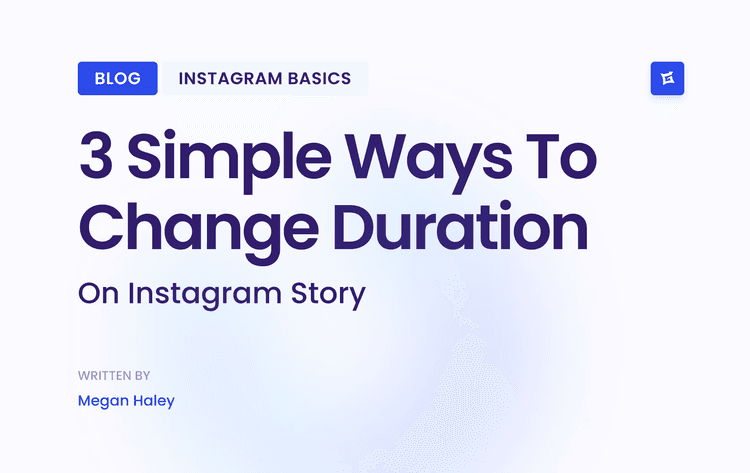
.png&w=750&q=75&dpl=dpl_9XSWKBjhcBN6v6b1SN7m3p1WWjfr)
